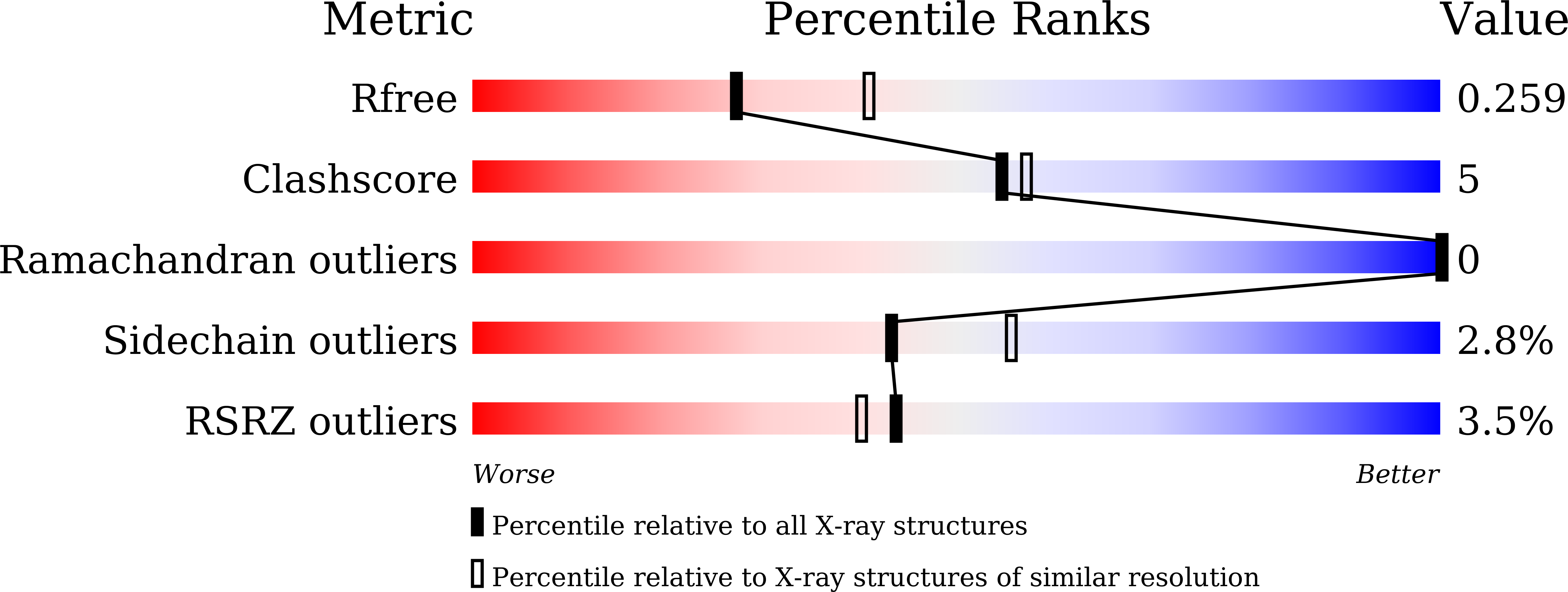
Deposition Date
2022-05-30
Release Date
2023-02-22
Last Version Date
2024-11-13
Method Details:
Experimental Method:
Resolution:
2.45 Å
R-Value Free:
0.26
R-Value Work:
0.22
R-Value Observed:
0.22
Space Group:
P 21 21 2


